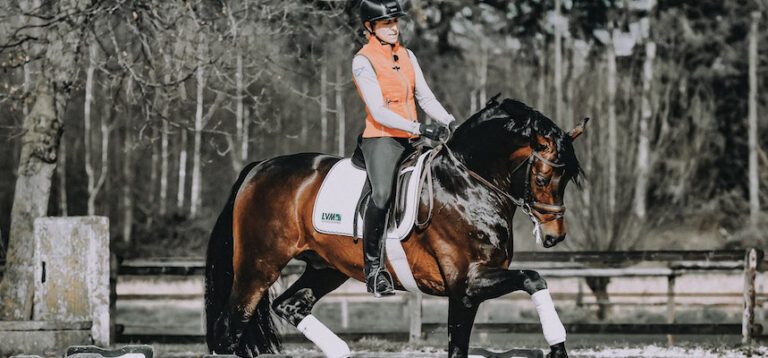
3 Secrets to Good Riding from Olympic Medalist Ingrid Klimke
Ingrid Klimke is a revered Olympic medalist and has received countless prizes and awards for her successes and accomplishments. Also, Ingrid Klimke is renowned worldwide

Ingrid Klimke is a revered Olympic medalist and has received countless prizes and awards for her successes and accomplishments. Also, Ingrid Klimke is renowned worldwide
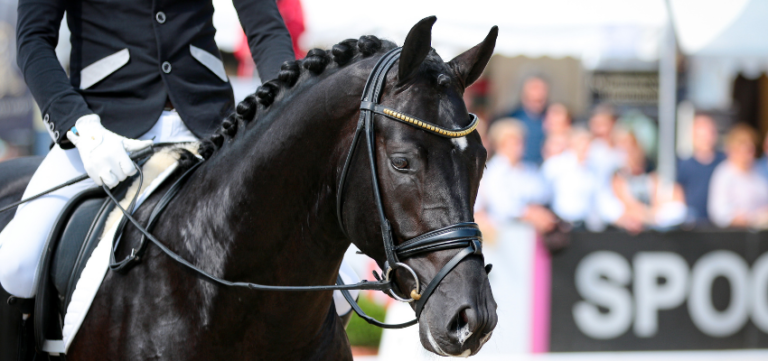
It’s time to train your eye for horse-friendly training! There has been criticism of dressage for years, and not always without reason… All too often
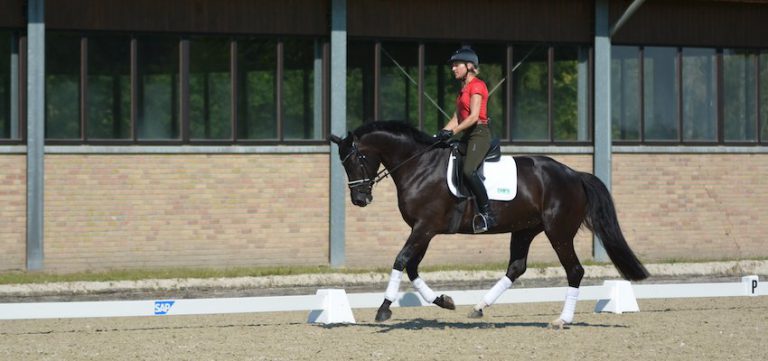
Find out about the biomechanics behind the canter of your horse and understand what to do in order to ride and sit the canter better and also how to improve this gait.
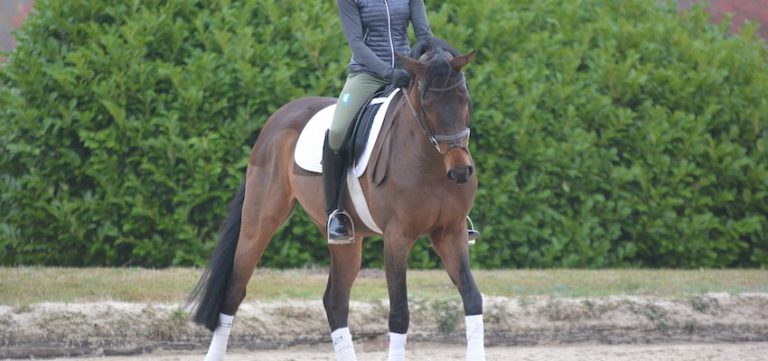
Flexibility. It’s one of our most important traits. Life is all about flexibility. Whether it’s preparing for a last-minute meeting, dealing with a change in plans for your dinner date, or simply embracing a spontaneous moment during this great adventure we call life, everyone needs to be flexible. Everyone needs to have a little bend. So do horses; especially in the complex arena of the world of dressage.
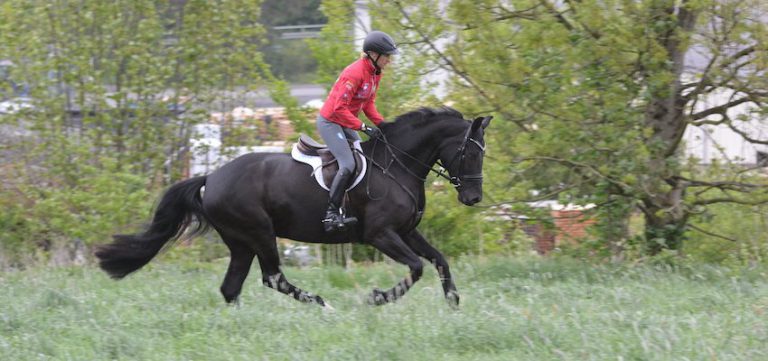
Nowadays interval training is used in many areas of equestrian, but most commonly in eventing and endurance. This is because high levels of stamina are required.
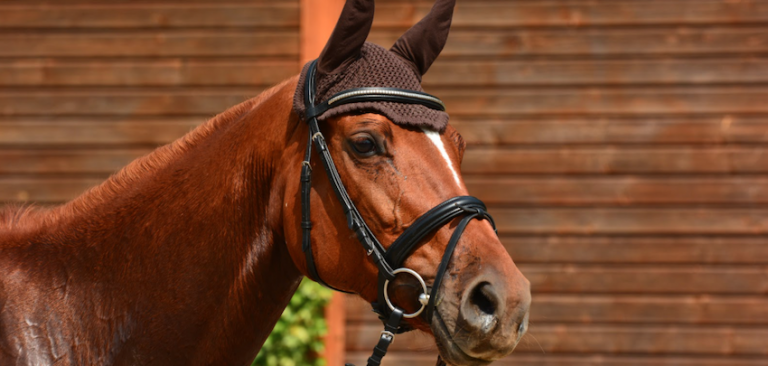
Choosing the right tack for your horse is just as important as a regular dentist and farrier checkups because a non-fitting saddle or bridle can cause much damage to the horse.
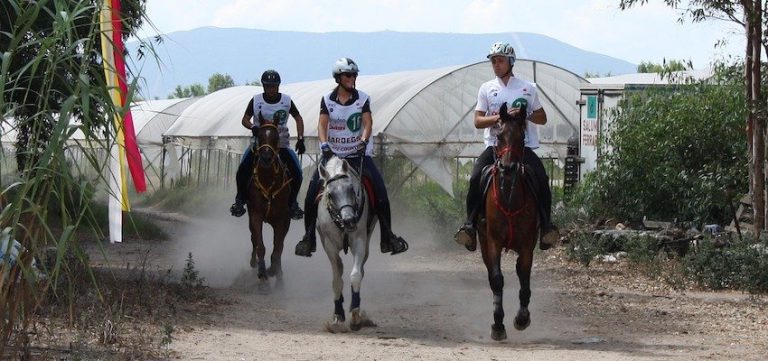
Nothing in life illustrates the human condition more profoundly than a person’s resilience—an individual’s ability to overcome the adversity they meet over the course of their life with grace; with fortitude.
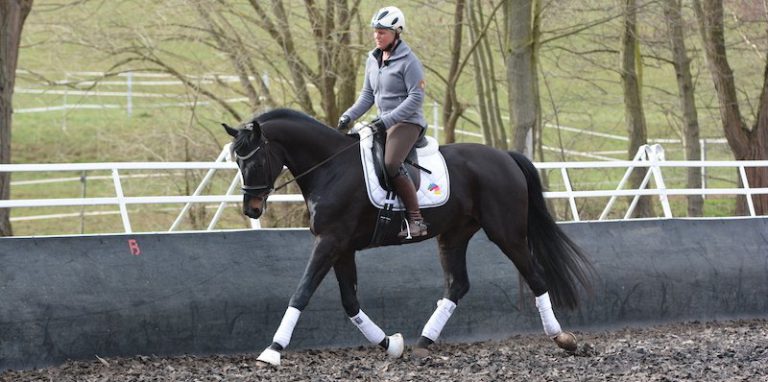
The rider has three aids that connect him to his horse and that serve as means of communication: The leg aids, the weights aids and the rein aids.
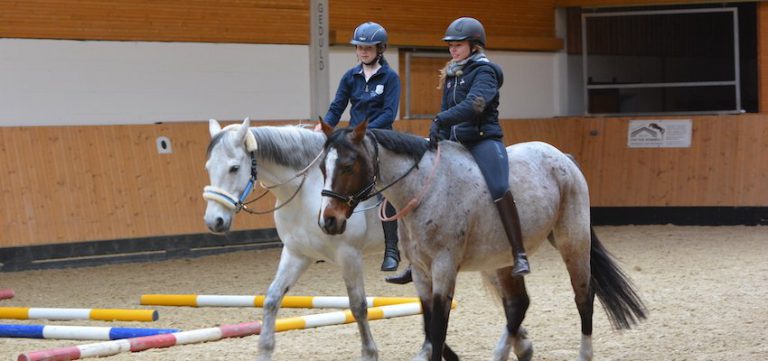
Nothing in the world compares to it. The degree of intimacy, the depth of connection, the feeling of being a single, unified moving part. It’s the one thing that improves your ability more quickly than anything else. It’s bareback riding.
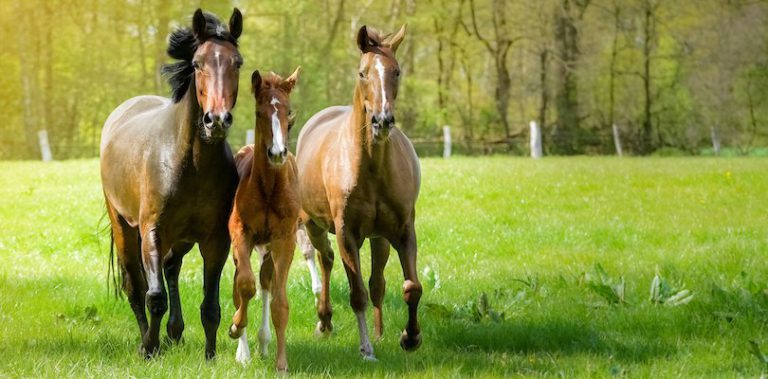
The horse has helped man fight in battle. He has allowed man to travel vast distances. He has plowed our fields and raised our young, and in all this, he has shared with us his uncanny precision of grace, of movement.

Alizée Froment has shown like no other rider that it’s possible to use one’s seat in such a way that Grand Prix movements can be executed through bitless riding.

A dressage philosophy that emphasizes lightness. What do Philippe Karl and his students do differently?
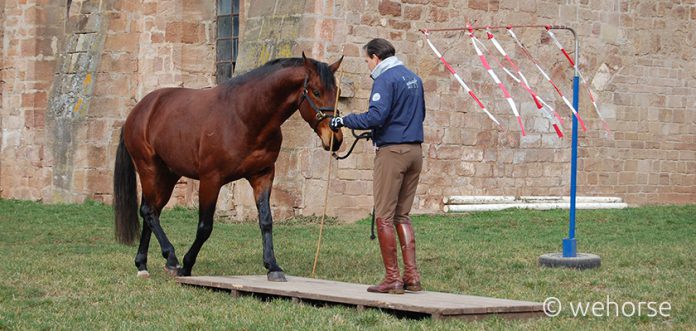
There is great value to a successful start in a horse’s training, which is why Uta Gräf and her husband Stefan Schneider dedicate so much attention to this phase.
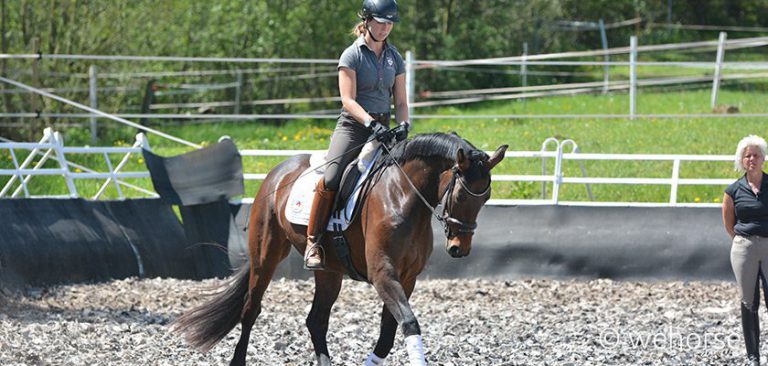
This is Part 2 of young horse training at Gut Rothenkircherhof.
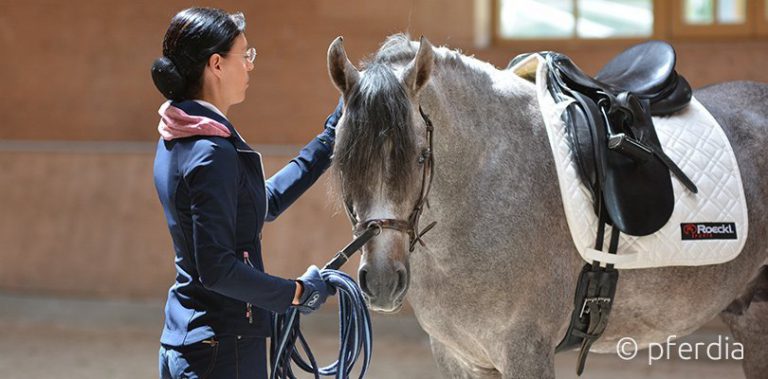
If you are concerned with lunging your horse correctly, you will quickly encounter dogmatic disputes. With side reins or without, on the bit or not, with a bridle or a cavesson?